STCMS™: Ecosystems and Their Interactions
Have you ever seen a school of fish swim through the water? Have you ever watched a rabbit nibble on plants? Have you ever added fertilizer to a garden? Every day as we live our lives, we are exposed to the many ways that organisms interact with both the living and nonliving components of ecosystems. The Smithsonian Science Education Center presents Ecosystems and Their Interactions, an STCMS™ curriculum unit designed from the ground up to align to the Next Generation Science Standards by integrating science and engineering practices, teachable core ideas, and crosscutting concepts in every lesson. Join us as we gather evidence and make predictions about ecosystems and their interactions!
You can find all Blackline Masters here. For teacher Lesson Masters and unit Written Assessments, go to Carolina Science Online.
Lesson 1- Pre Assessment: Ecosystems and Their Interactions
Check out this resource for common misconceptions from the American Association for the Advancement of Science.
Lesson 2- Ecosystem Organization
Ask students to read Beaver return 'benefits environment' to learn about how beavers are being used in Scotland to "engineer" their ecosystems and solve environmental problems. Then ask students to create a four corners graphic organizer that lists the criteria and constraints of this problem from the point of view of the following four stakeholders:
1. Beaver population
2. Biotic factors in the ecosystem
3. Abiotic factors in the ecosystem
4. Farmers in the area
Lesson 3- Resources
Have students look over information on world population growth. Ask them to consider the following questions, and support their answers using what they know about the relationship between population growth and resource availability:
1. What do you think the world population will be in 50 years? 100? 1000?
2. Major population growth occurred after the introduction of agriculture, and then again during the Industrial Revolution. Write a paragraph using scientific vocabulary that explains these trends.
3. Check out the rest of the graphs and information on this page. List three or more connections you can make between world population and the availability of resources.
Lesson 4- Matter Cycles
Ask students to come up with a creative way of teaching one of the cycles they have learned to an elementary school student. For example, students could:
- Write a short story from the point of view of a single water molecule
- Write a song, rap, or poem about photosynthesis
- Create a poster or picture book that helps children visualize the nitrogen cycle
Encourage students to be creative and use what they have learned to demonstrate how matter flows through an ecosystem.
Lesson 5- Energy Flow
Ask students to consider this question: are humans producers, primary consumers, or secondary consumers? Students should recognize that humans can be both primary and secondary consumers, depending on what they are eating. Then, pose the following question: which takes more natural resources to produce - a pound of broccoli, or a pound of beef?
Once students have made a prediction and justified their answers, show them this graphic on how much water it takes to produce different kinds of food they might find at their local supermarket.Why do you think animals and animal products use so much more water than plants? Have students do some research to find an answer, and see if they can relate this information to what they have learned about energy transfer through different trophic levels.
Lesson 6- Organism Interactions
Have students watch this video from the Smithsonian's National Museum of Natural History about resource partitioning. After watching, have students look up images of other examples of resource partitioning. In their science notebooks, students should sketch and/or describe how different animals can coexist by occupying different niches. How does resource partitioning relate to the idea of competition?
Lesson 7- Population Changes
Have students read Smithsonian Magazine's article Is Australia's Dingo-Proof Fence Changing the Ecosystem of the Outback about how altering predator-prey relationships can affect an ecosystem. After reading, ask students to draw a diagram that illustrates the state of the ecosystem on either side of the fence. Students should consider the effects that the fence had on both biotic and abiotic factors in the ecosystem.
Lesson 8- Natural Selection
Have students watch this video on how bananas' lack of genetic diversity puts them at risk for extinction and then have them read Smithsonian Magazine's article Building a Better Bannana.
Ask students to consider why a lack of genetic variation makes it easier for diseases like the Panama Disease to wipe out the entire Cavendish banana species. Why would genetic variation help to stop, or at least slow the spread of the disease?
Lesson 9- Biodiversity
Have students watch this video about Biocubes at the Smithsonian National Museum of Natural History. Ask students to consider the features of this sampling method and make a list of its strengths and weaknesses. Which of the sampling methods we learned during Investigation 9.1 is most similar to the Biocube? For what kinds of ecosystems would this sampling method be most effective?
Teachers can also help students create their own Biocubes by reading Biocubes: Exploring Biodiversity.
Lesson 10- Human Impact
Ask students to read this article from Smithsonian Magazine article These Sustainable Sneakers Are Made Using Algae about how engineers designed a way to mitigate algal blooms by making shoes out of excess algae. Using this case as inspiration, ask students to brainstorm and sketch some other ways that humans can use trash or environmental pollutants to make something new. Encourage students to carefully consider the criteria and constraints of the problems they are trying to solve.
Lesson 11- Assessment: Ecosystems and Their Interactions
In groups of 2-3, have students identify a topic related to ecosystems, biodiversity, or conservation that was not covered in detail during this unit. Ask students to prepare a 3-minute mini-lesson that will help their classmates understand the topic. Encourage students to be creative and present the information in a memorable way. After students have finished preparing their lessons, have each group get together with another group and teach their lessons to each other. Repeat as time permits.
Lesson 1- Pre Assessment: Ecosystems and Their Interactions
What makes and ecosystem tick? Learn more about the research being done by the Smithsonian Enivronment Research Center.
Lesson 2- Ecosystem Organization
Learn more about why beaches foster interesting interactions between abiotic and biotic factors by reading Indian River Lagoon Species Inventory: Beach Habitats.
Lesson 3- Resources
Read about the diversity of Coral and Coral Reefs.
Lesson 4- Matter Cycles
Read the Energy Flow in a Coral System to learn about how energy from sunlight is transferred through the inhabitants of the coral reef system.
Lesson 5- Energy Flow
Smithsonian Scientists have discovered that the long enganderged Hawaiian peteral have expeirenced a large shift in food resources, learn more by reading Sea Bird Bones, Fossils Reveal Broad Food-Web Shift in North Pacific.
Lesson 6- Organism Interactions
Why are imapalas and bamboons hanging out? Find out more by reading the Smithsonian Magazine article Impalas Hang Out with Bamboons for Sausage Fruits and Safety.
Access the data regarding wolves and moose on Isle Royal.
Lesson 7- Population Changes
Read How Climate Change is Helping Invasive Species Take Over to learn more about invasive species.
Access and display the Landsat images of Mount St. Helens.
Lesson 8- Natural Selection
Watch this PHET interactive to learn more about natural selection.
Lesson 9- Biodiversity
Are you left handed? Have you ever wondered why you are left handed or right handed? Read Why are some People Left Handed? to learn more.
Lesson 10- Human Impact
Humans have been having an effect on the earth's ecosystem for 6,000 years, learn more about it here.
Lesson 11- Assessment: Ecosystems and Their Interactions
Learn about how the Smithsonian's National Zoo and Conservation Biology Institute is working to conserve and restore temeperate ecosystems.
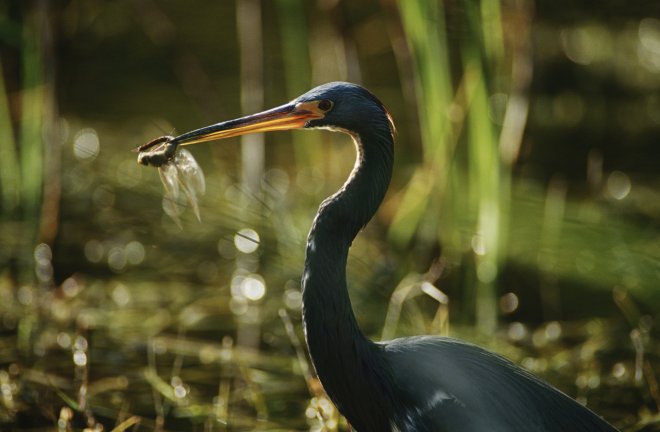
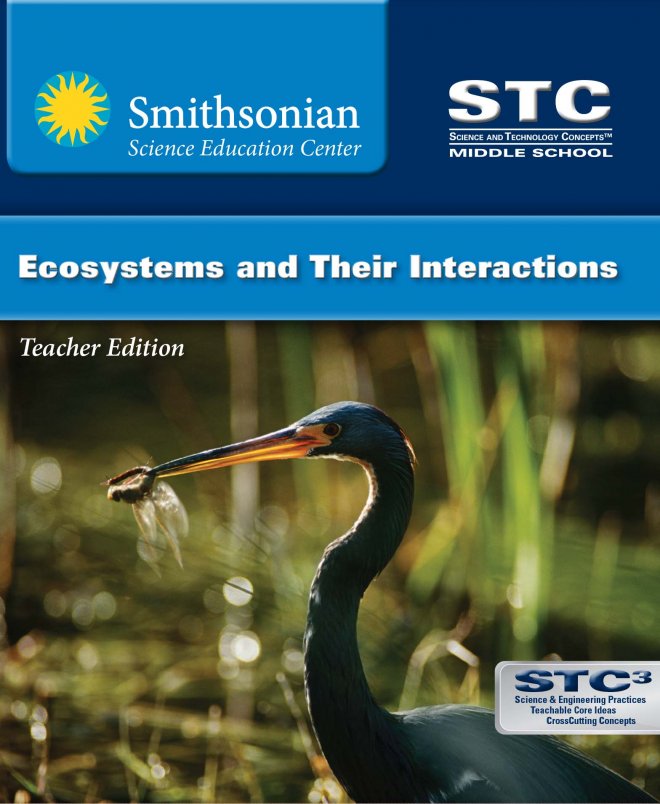
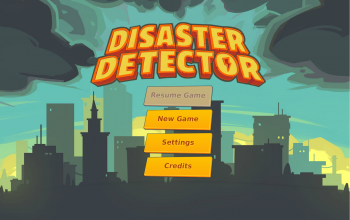
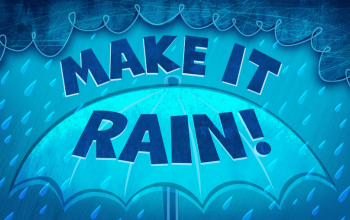
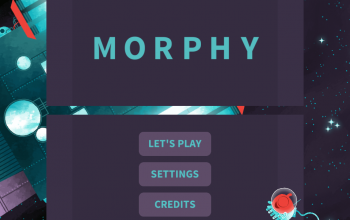
Kit Tips & Tricks